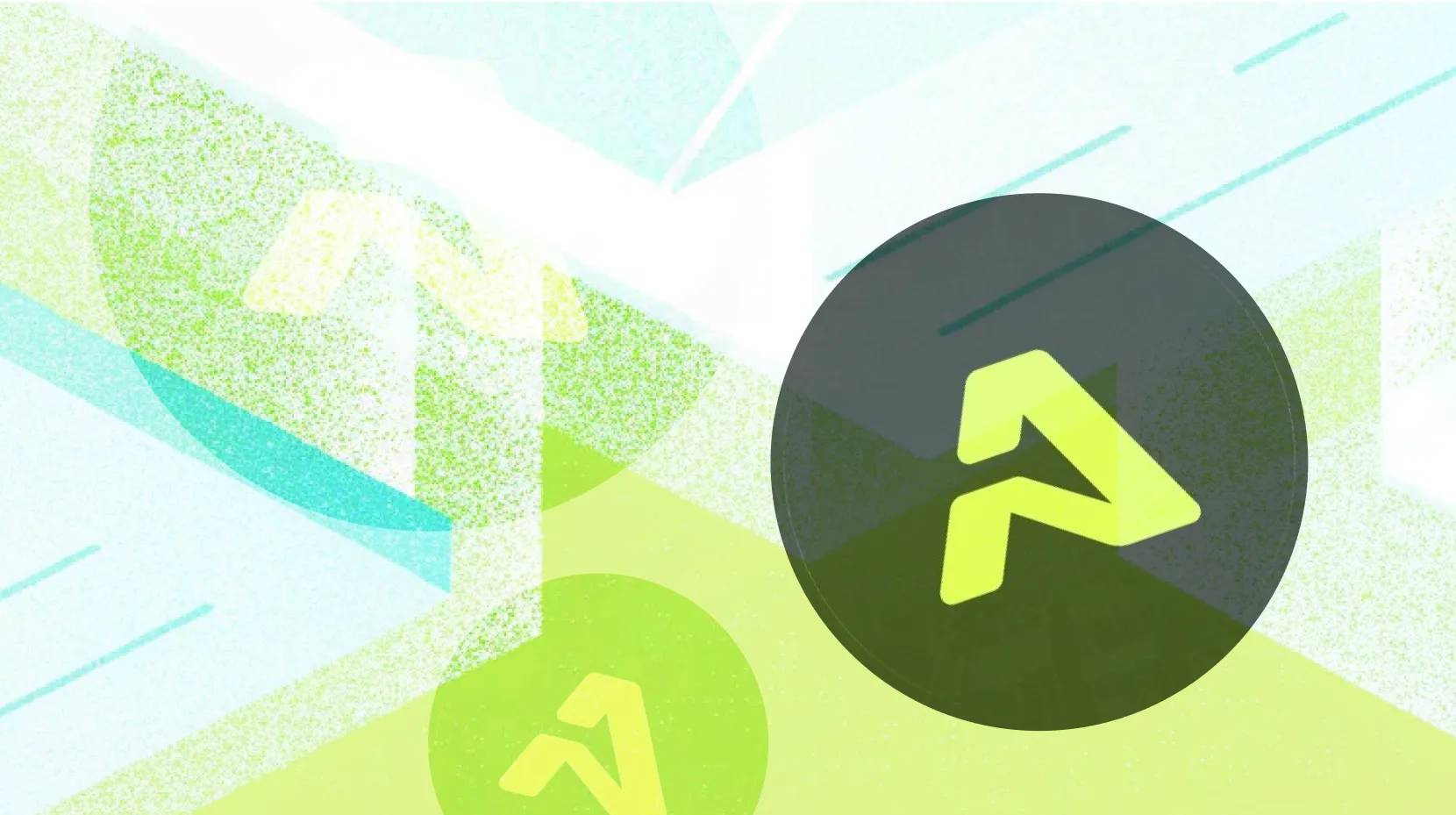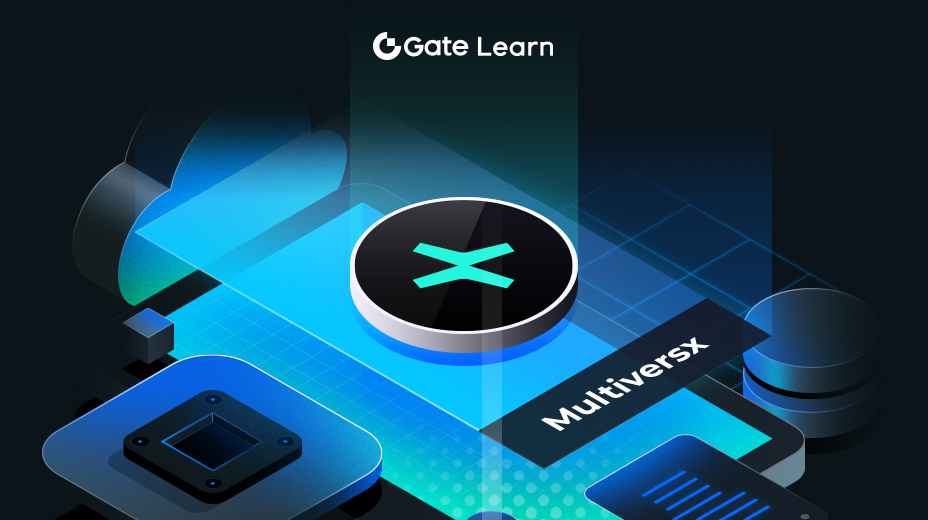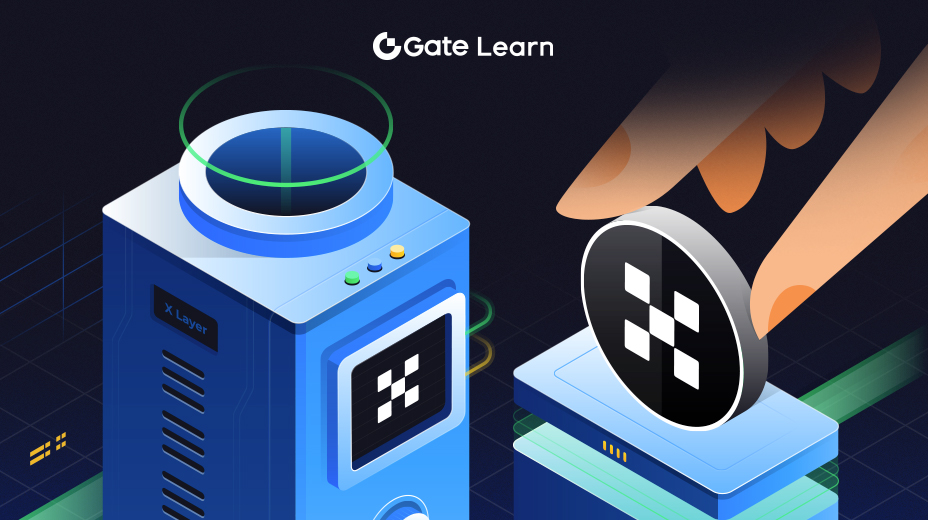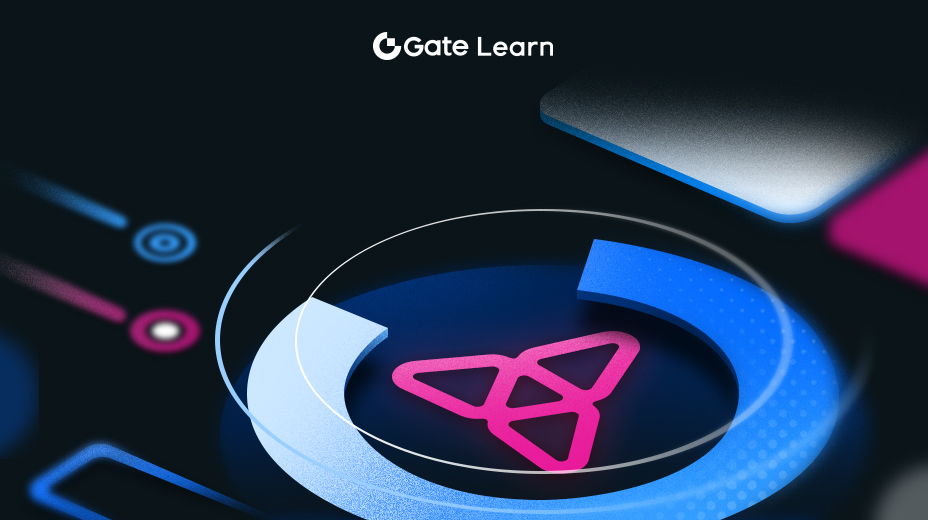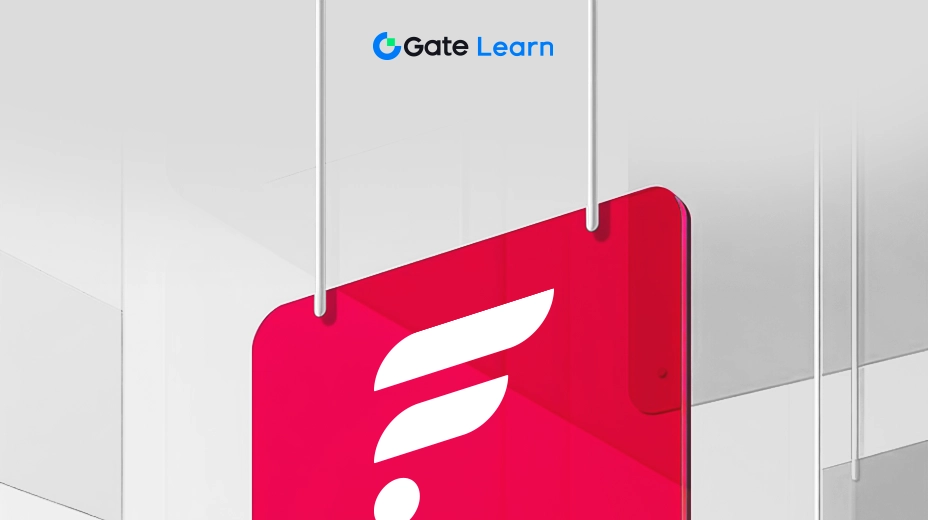ALGO 代币经济学与经济模型
本模块探讨 ALGO 的供应动态、分配机制、质押奖励、参与激励、经济安全性和治理结构,阐述 Algorand 的经济模型如何促进安全且去中心化的网络发展。
ALGO 的供应动态与分配机制
ALGO 是 Algorand 区块链的原生加密货币,其总供应量固定为 100 亿枚。这一有限供应旨在维持稀缺性并支持长期价值增长。所有 ALGO 代币均在网络启动时创建,这一过程称为预挖矿,并通过结构化机制逐步引入流通,以确保供应量受控且可预测,从而最大限度地减少通胀压力。

分配细目

创始团队、Algorand 基金会和早期投资者(25%)
约 25 亿枚 ALGO 代币分配给了项目创始人、Algorand 基金会和初始投资者。这些分配受归属时间表约束,以促进长期承诺并与网络的成功保持一致。公开销售(30%)
约 30 亿枚 ALGO 代币通过公开销售提供,促进了早期采用者和投资者的广泛参与和分配。节点运行奖励(25%)
为激励网络基础设施的发展并确保去中心化,25 亿枚 ALGO 代币被指定为运行网络节点的实体的奖励。参与奖励(17.5%)
约 17.5 亿枚 ALGO 代币被预留,以鼓励积极参与网络的共识机制和治理流程。生态系统资助和用户采用计划(2.5%)
剩余的 2.5 亿枚 ALGO 代币用于支持生态系统发展、资助创新项目并促进 Algorand 平台的广泛采用。
供应动态与释放机制
Algorand采用通缩的发行模型,其中大部分 ALGO 代币是预挖的,并通过各种机制逐步释放到市场中。这种方法确保了新代币的控制性引入,平衡了网络安全性和经济稳定性的需求,同时力求将通货膨胀降到最低。
代币的释放通过以下方式进行管理:
质押奖励
代币作为奖励分配给积极参与网络共识过程的参与者,从而保障区块链的安全并验证交易。
治理奖励
参与网络治理决策的参与者会获得代币作为奖励,促进社区在决策过程中积极参与。
生态系统发展资助
代币分配给那些为Algorand生态系统的增长和增强做出贡献的开发者和项目,推动创新并扩展平台的能力。
通过实施这些结构化的释放机制,Algorand保持了可预测的代币供应,支持网络安全,鼓励积极参与,并促进生态系统内可持续的经济增长。
质押奖励、参与激励与经济安全
Algorand 引入了质押奖励以鼓励参与并增强网络安全。验证者通过质押至少 30,000 个 ALGO 参与共识,获得提议和最终确认区块的奖励。这些奖励包括区块补贴和交易费用。区块奖励最初由 Algorand 基金会补充,随着时间的推移,奖励将逐渐减少,以促进长期的可持续性。
Algorand 的质押模型旨在实现包容性和可访问性。与其他网络不同,质押不要求代币被锁定或受到削减惩罚,从而降低了参与者的风险,鼓励更多的参与。这种包容性的方法通过让更多用户参与网络安全,推动了去中心化,避免了重大金融或技术壁垒。
可预测的质押奖励和广泛的参与相结合,增强了网络的经济安全。通过激励广泛的验证者基础,Algorand 确保控制不集中,减少了中心化的风险,同时保持了强大且安全的区块链。
Algorand的网络参与经济模型
Algorand 的经济模型通过促进去中心化和安全性,激励积极参与。质押奖励鼓励参与共识活动,而没有针对未执行的惩罚减少了进入的门槛。这一设计吸引了多样化的验证者群体,促进了网络的平衡和去中心化。
通过提供可预测和透明的奖励,Algorand 使参与者能够做出关于其参与的明智决策,确保长期的稳定性。奖励与网络目标的一致性促使个人用户和机构的积极参与,增强了生态系统的韧性和可扩展性。
治理机制与社区参与
Algorand 的治理框架允许 ALGO 持有者影响网络的战略方向。通过链上投票,参与者对与协议升级、生态系统倡议和政策变化相关的提案进行决策。治理结构设计为包容性,使所有 ALGO 持有者都能参与决策过程。
社区参与不仅仅限于治理。用户通过生态系统资助、反馈机制和合作项目参与网络发展。这种去中心化的方法确保网络与全球用户群体的利益和优先事项保持一致,增强了透明度和信任。
要点
ALGO 的总供应量为 100 亿个代币,旨在保持稀缺性和长期价值,并通过受控的释放机制来最小化通货膨胀。
代币分配包括创始团队、公售、节点运行资助、参与奖励和生态系统发展计划的配额。
通缩的发行模型将代币逐渐引入流通,平衡经济稳定性和网络安全性。
质押奖励和治理激励鼓励积极参与,增强去中心化和安全性,无需代币锁仓或削减惩罚。
治理框架使 ALGO 持有者能够影响网络决策,促进社区驱动的发展和生态系统的集体所有权。
